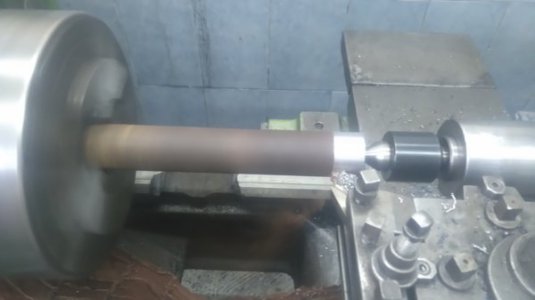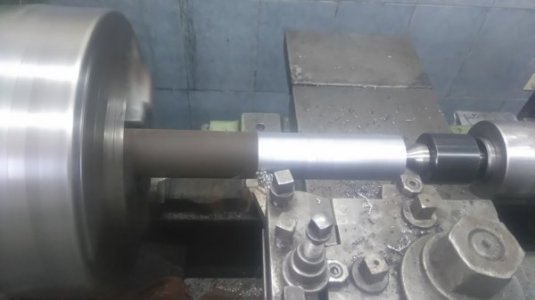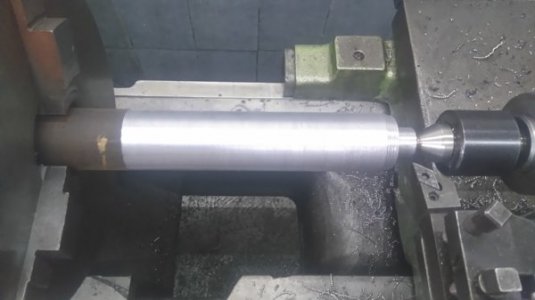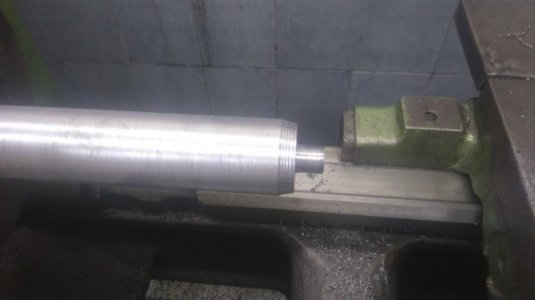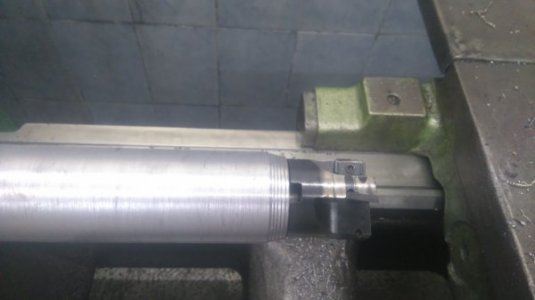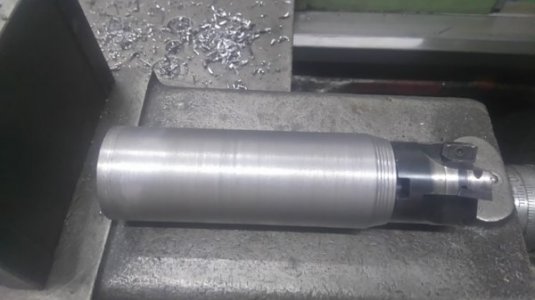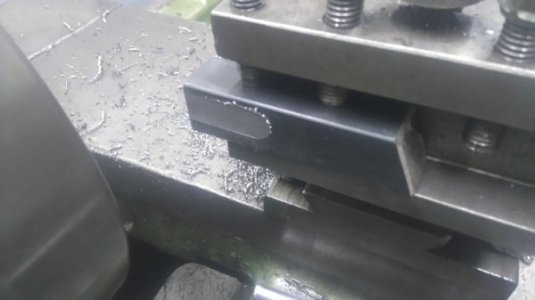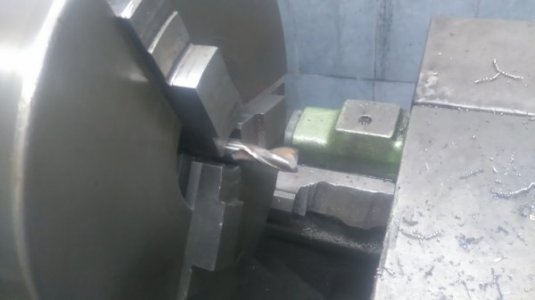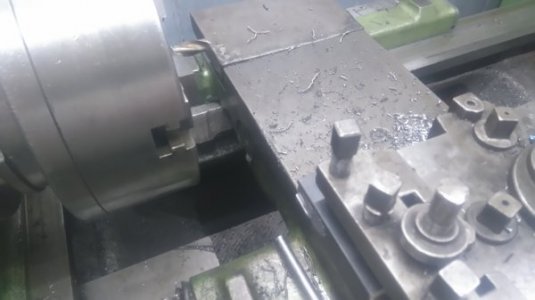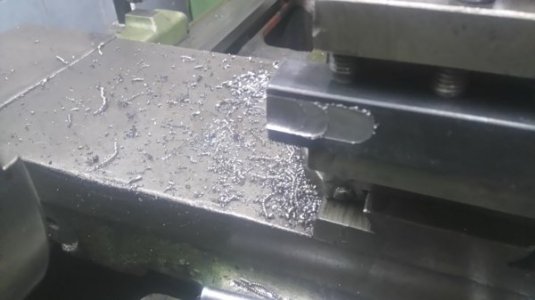B
British Steel
Forum Guest
Register Today
Just a suggestion for those milling (as I did before the mill came along) with a slide on an angle plate: Bring the tailstock up behind as additional support, it'll make it surprisingly more rigid and give a way better surface finish!
Dave H. (the other one)
Dave H. (the other one)


